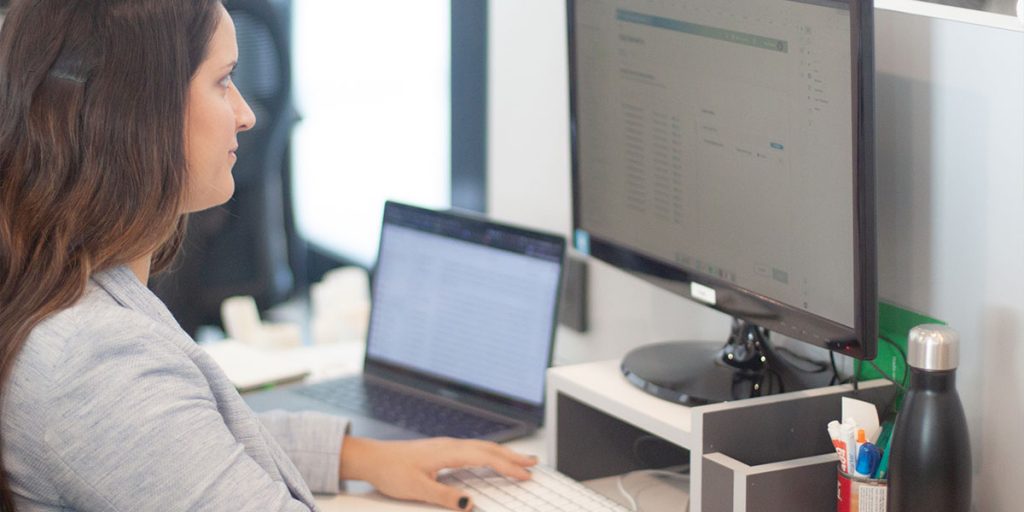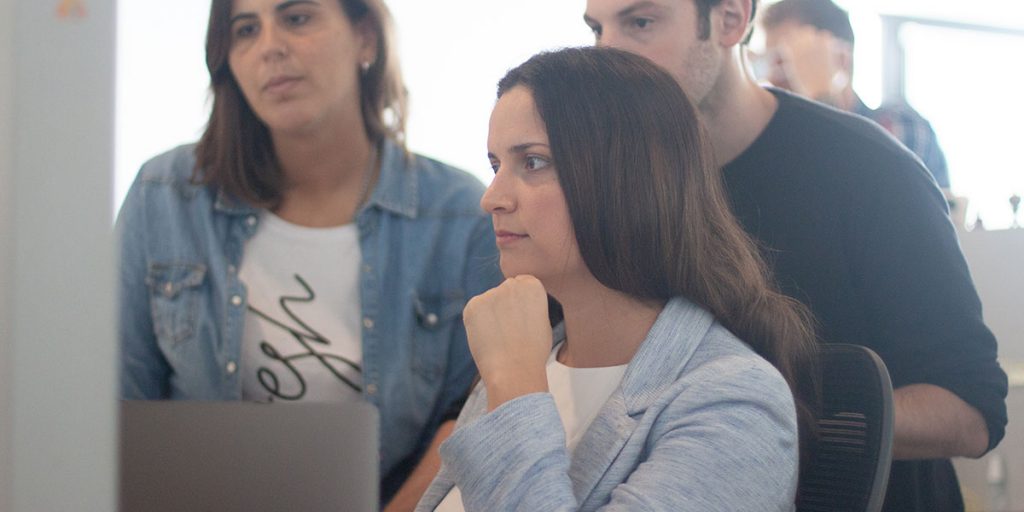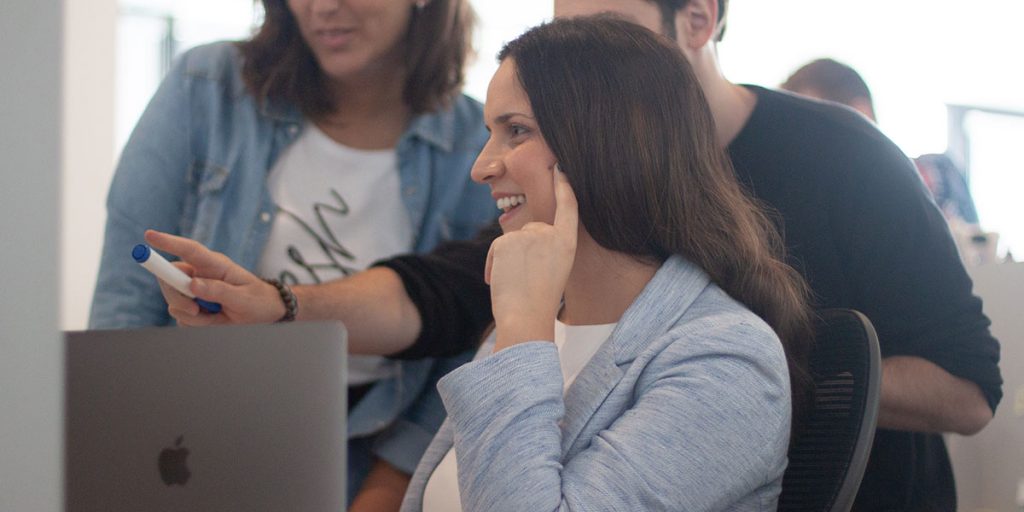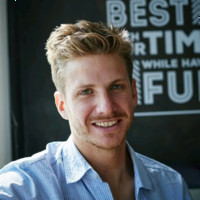There’s nothing more important than people. We are all not just individuals — we are a team and we are proud of that. By reading the following post, you will enter Florencia’s world, learn about her passions, her interests, and her beginnings. We would like to invite you to meet one of our UX Designers.
It’s a typical day at Making Sense’s offices. I met Florencia in one of our meeting rooms. She is smiling as always, but a little anxious and curious about what is coming.
You always dreamed of being an actress…so, why design?
It’s a good question. Let me tell you how it all started. Once I finished high school, I moved to Buenos Aires (Argentina). I always wanted to be an actress and practiced theatre for many years here en Mar del Plata, but I wanted to become a professional. So, I started learning arts at The National University of the Arts, and at the same time at the Buenos Aires University in “Combined Arts”, where I found the opportunity to learn how to be a cinema researcher, something that I love since I’ve always been so curious. I studied both for around 4 years.
So, you left your degree in acting and started a degree in design?
Mmm, after years studying acting, I realized that Design (UX) and acting have a lot in common. I think I was naturally turning to design. Once, when I was studying at Buenos Aires University, I
worked on a project that was special because I was focused only on visual aspects and the teacher noticed that and caught his attention. I think that was where it all started.
As a UXer, I always talk about empathy, the power of understanding the user and the context they have. And this is what actors do. Also, as an art researcher, I felt this connection between acting and UX. So, I see design as a connection between the artistic expression and the strategic side of things. In my opinion, UX is the blend of this stuff. Creativity, expression, understanding the users, the research, are crucial assets in both UX and acting. Each project presents to us a different scenario and different users we must meet, as in acting when you must interpret several characters, you have to figure out how these characters think, live, and feel. These things are what nourish my curiosity to learn new things day by day.

When did you start studying design?
For some personal reasons, I decided to move again to Mar del Plata. Once there I started design at the School of Visual Arts M.A Malharro, but due to the fact that I was looking for something more business-related, I decided to switch to another university. There, I made my first steps into UX, and my background in acting helped me a lot.
How would you define UX?
In my opinion, UX is an approach more than a discipline. UX can be applied in many fields — it is not only about design. It’s a way to envision products and shape solutions. Although there are techniques and tools specifics for designers, I’m not a theory fan and prefer to see UX as an approach. While it’s interesting and important to know these techniques and methods, experience showed me that very often, theory can’t be applied, and we must strive to create new ways to adapt to the context, either by reshaping well-known tools or creating our own.
Sometimes, we can’t reach the users for several reasons, but we can start understanding the client’s needs, although the rules “say” we must be focused only on the user’s needs.
If you define UX as an approach…it is fine to say there is a bad and a good UX?
Well, when someone says this product has a good or a bad UX, everyone knows what he or she is saying. These expressions are related to aspects like accessibility, or if this product fits or not with users’ needs, so there are some parameters to define if it has a good or a bad UX.

Working among users and stakeholders, which are the common challenges you find?
Without a doubt, it’s all the varying degrees of varying interests. This challenge becomes bigger when we have no access to the users. So, we must be creative and find a way to get the information we need to figure out if what stakeholders want is a good choice.
I think communication and collaboration are the best asset we have to solve these kinds of challenges. Many times, stakeholders do not have a clear idea of their goals, and when we start to ask the reasons for the decision, questions they never asked themselves arise. We need to have confidence in them, but also know that we need each other. It’s very important to build a relationship based on good communication and on a clear understanding.
How you spread UX as an approach beyond the boundaries of the Design teams?
Again, communication is the key. We need to build bridges between teams through good communication.
For example, this happens when we work with the team to define the product, plan and prioritize tasks. It is important that as a team we find a balance between the different approaches.
While the developers share their technical approach and the BA the business approach, we have to contribute our perspective defending the interests of the user.
In this way, we can make strategic decisions that lead us to build a product that is valuable for the user, solid and consistent.
What is the best thing about working at Making Sense?
People! Folks here at Making Sense make my days really funny and interesting. Another thing I value is the desire to collaborate with everyone, the humbleness, and the capacity of being curious at all times. There is a great environment to work in, where you will find the support you need.

Coming to the end, I asked Florencia how she’d describe herself, and she just said three words. “Restless and Curious”.
Hope you enjoyed meeting Flor as much as I did. We really spent a good time getting to know each other. I would like to invite you to follow her at LinkedIn and to stay tuned for more Meet a Making Senser editions.
